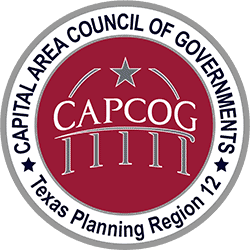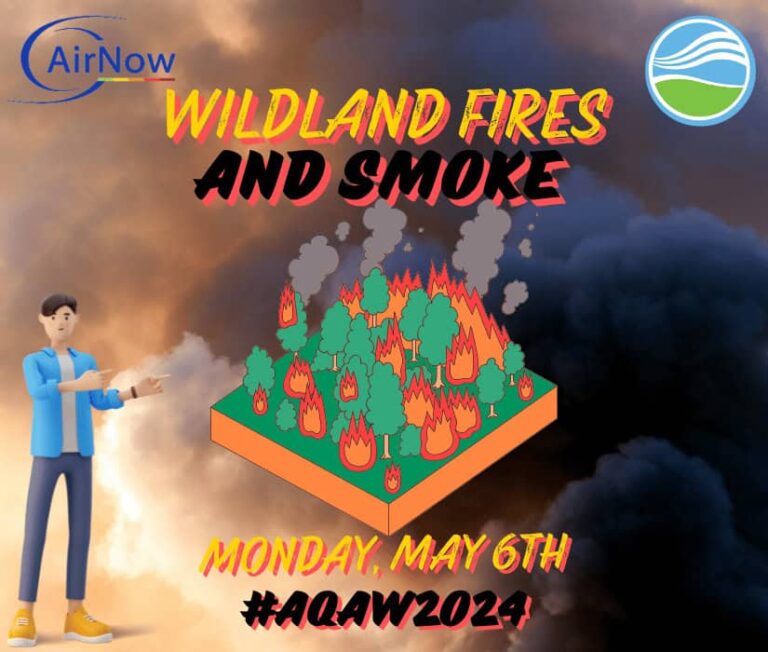The Austin-Georgetown-Round Rock Metropolitan Statistical Area (MSA), which consists of five CAPCOG counties, has experienced more than five times the number of Ozone Action Days compared to last year. High ground-level ozone concentration days are also on rise which could affect the MSA’s National Ambient Air Quality Standards (NAAQS) attainment status. Such days can affect public health and entering a nonattainment status could impact regional growth —a 2015 CAPCOG study estimated a nonattainment designation could cost the region $37.9 million. The region, which is the largest in United States to be in NAAQS attainment, is continuing its voluntary, proactive approach in lowering ozone levels.
During this ozone season, March through October, there have been 25 Ozone Action Days, which are days ozone levels are forecasted to exceed the NAAQS, and 34 days with actual high ozone concentration compared to five and three respectively in 2021. “One bad year may not cause compliance concerns, because the NAAQS are based on a three-year average; however, it makes it more important to work harder during the next two years to ensure there are no more bad years,” said Anton Cox, CAPCOG air quality programs manager. Clean Air Coalition members and partners make commitments to reduce air pollutants such allowing telework policies and purchasing clean fleet vehicles. During the next year, several agencies also will participate in fleet monitoring studies so they can take further actions to reduce pollution caused by vehicles.
Local jurisdictions and residents can help reduce ozone by being air aware and following Air Central Texas on Facebook, Instagram, and Twitter. The air quality campaign lets people know when to take greater action to reduce air pollutants due to Ozone Action Days. Prevention tips are at aircentraltexas.org.




